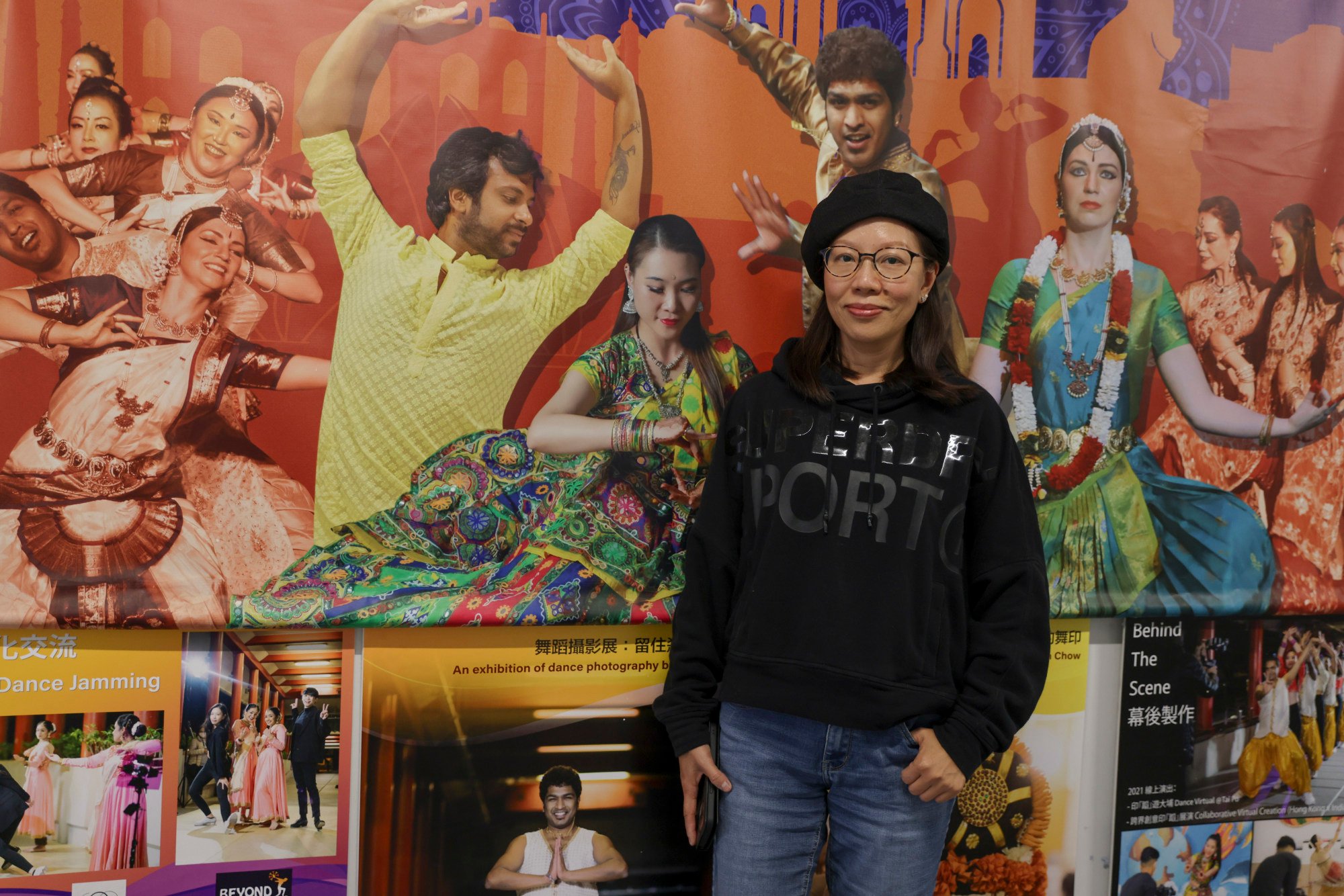Featuring more than 20 Hong Kong and Indian dancers, Krishnarpanam is a mix of classical Indian styles – such as Kathak and Bharatnatyam – and contemporary ones, with performers interacting with paintings that will be displayed on the stage.

One of the production’s main aims is to showcase the vast range of Indian dance, says Benis Cheng, co-founder of Beyond Bollywood – a Hong Kong platform created in 2015 that fosters cross-cultural social inclusion in the city through Indian dance – and co-organiser of the show.
Much like South Korean pop culture is defined by K-pop, Indian dance is often seen through the lens of Bollywood dancing, the highly theatrical and colourful style seen in the country’s popular movies that have struck a chord with overseas audiences.
The 75-year-old ballet school that nurtured some of Hong Kong’s best dancers
The 75-year-old ballet school that nurtured some of Hong Kong’s best dancers
But as its name suggests, Beyond Bollywood is all about increasing awareness of Indian culture beyond Bollywood movies that have long shaped the country’s global image. It also wants to raise the profile of Indian culture in Hong Kong.
“We bolster inclusivity and the recognition of Indian culture in Hong Kong,” Cheng says.
She adds that the platform achieves this through community-based dance projects and dance theatre courses.
“We want to make dance accessible to all, including those with special needs and differently abled people,” she says.

“Through stage performance, dance drama, exhibitions and workshops, Beyond Bollywood strengthens the dialogue between dance artists and the audience by educating them on the concept behind its creation and the rich underlying cultural heritage.”
The other organiser behind Krishnarpanam is the Hong Kong-based Sri Shakti Academy, which aims to teach audiences the art of appreciating Indian classical dance and music.
It was founded in 2003 by acclaimed Indian classical dancers including Priyadarshini Ghosh, an expert in Mohiniyattam, a dance form from Kerala, South India, that celebrates the graceful female form.

Other founders include Ranjini Menon, who celebrates Bharatanatyam, a dance from Tamil Nadu in southern India that is practised in temples, and Neesha Jhaveri who performs Kathak, a dance form from the northern state of Uttar Pradesh that can be traced to the travelling bards known as Kathakars, or storytellers.
Sri Shakti Academy hosts dance classes, lectures and workshops at universities, while providing performance opportunities to aspiring dancers, bringing large-scale original productions to the Hong Kong audience.
After each Krishnarpanam show there will be a sharing session with the choreographers, who will discuss the concept, challenges and inspirations as well as open the floor to the audience.

The celebration of Krishna does not stop there. An art exhibition showcasing the deity’s birth story will be held at the hall’s exhibition space on January 25 and 26.
Called “Dance.Trace – Origination”, it is co-organised with Kashunutz Art Studio and Iskcon Hong Kong – a community dedicated to spiritual education – and features the work of Hong Kong-based visual artist Kashmira Mehta Doshi.
“Attendees will have the opportunity to meet and greet artists, buy paintings and take photos in the Instagram-worthy festival area decorated in the festive style of Krishna,” Cheng says.
Krishnarpanam, Hong Kong City Hall Theatre, 5 Edinburgh Place, Central, Hong Kong, Jan 26 (8pm) Jan 27 (3pm). Tickets: HK$180, HK$120
Dance.Trace – Origination, Exhibition Hall, Hong Kong City Hall, Jan 25 (12pm-8pm), Jan 26 (9am-6pm). Free admission

